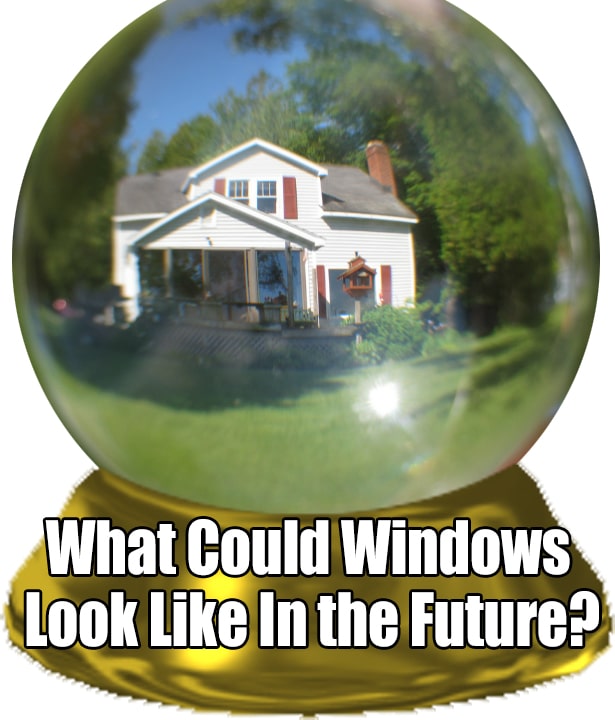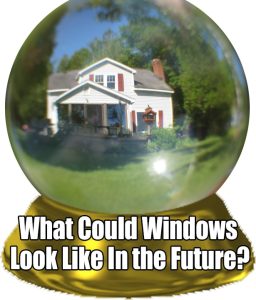


Here’s a quick look at some of the ways home windows have changed over the past century and a few ways we think replacement windows may continue to evolve in the future.
Single Panes: Limited Function & Benefits
In the 1920’s, people could order a self-build kit from Sears & Roebuck, and a few other mail-order companies, for a couple of thousand dollars that included everything needed to erect a small home. The kits included pre-cut lumber, hardwood floor planks, molding, trim, varnish and paint, exterior doors and single pane windows.
Two Panes Are Better Than One
The shift from single pane windows began in 1913, when the first wood window frames were manufactured. Andersen Lumber Company was the first to bring this innovative home improvement product to the market. Over time, they added sash and hardware components (1932) and glass (1934), creating the first-ever factory-squared assembly that would evolve into a welded insulated glass window for home use (1952).
The glazing in those early 20th century windows was not expected to do much beyond providing a fairly clear view of the outside world and blocking most of the air and moisture infiltration from outside. Condensation was expected as the cold outside air came in contact with warm panes heated by furnaces and fireplaces used to manage the indoor environment. The first double-paned windows helped reduce condensation – and moisture damage to interior window sills and woodwork, but didn’t eliminate it completely.
Today, replacement windows constructed with low-e glass options mounted in eco-friendly Fibrex frames not only virtually eliminate moisture and air leaks, but they also control UV light infiltration that damages upholstery and artwork, control heat transfer and use natural sunlight to keep windows cleaner longer – saving homeowners time and money.
Innovation: The Good, the Bad and the Ugly
The first vinyl windows hit the market in 1954. They were introduced as a cost effective option by a German manufacturing company as a post-war solution to address the escalating price of aluminum and wood shortages. The United States market opened up in 1964 and vinyl gained popularity during the energy crisis of the 1970s.
While vinyl was touted as a low-maintenance alternative to wood frames that was recyclable – something eco-conscious consumers wanted – there were definite drawbacks.
While vinyl frames proved to be less than optimal, forward thinking scientists saw value in vinyl. Our parent company, the Andersen Window Company, introduced a line of vinyl windows in 1959, followed by the first vinyl-clad wood windows in the 1960s. Then, in 1991, they combined recycled wood and vinyl reclaimed from the manufacturing process to create a composite that never rots, needs no reinforcement to hold its shape and doesn’t fade when exposed to extreme weather conditions.
Fibrex fused the best qualities of wood and vinyl to create a material that improved energy efficiency and truly enhanced comfort and aesthetics in the home.
A Look Ahead
While our replacement windows and patio doors already help New York and New Jersey homeowners save up to 35 percent on their home utility bills, we aren’t content to rest on our laurels. Andersen Corporation continues to look for new ways to improve performance, safety and appearance.
Scientists inside our company and others interested in improving energy and natural resource management are already working on innovative replacement window solutions like the ones below.
Although many people think homes in the future will look vastly different on the outside, most of the homes that will populate neighborhoods have already been built. Updating those homes for the future will involve replacing aging technology with innovative solutions.
If your home still has single pane window glazing or you’re ready to replace those fading, sagging vinyl windows with fresh, beautiful Fibrex window options, give us a call. Reach us toll-free at (866) 609-5033 or fill in the form on this page to request a brochure.

Learn Everything You Need to Know BEFORE Buying Replacement Windows